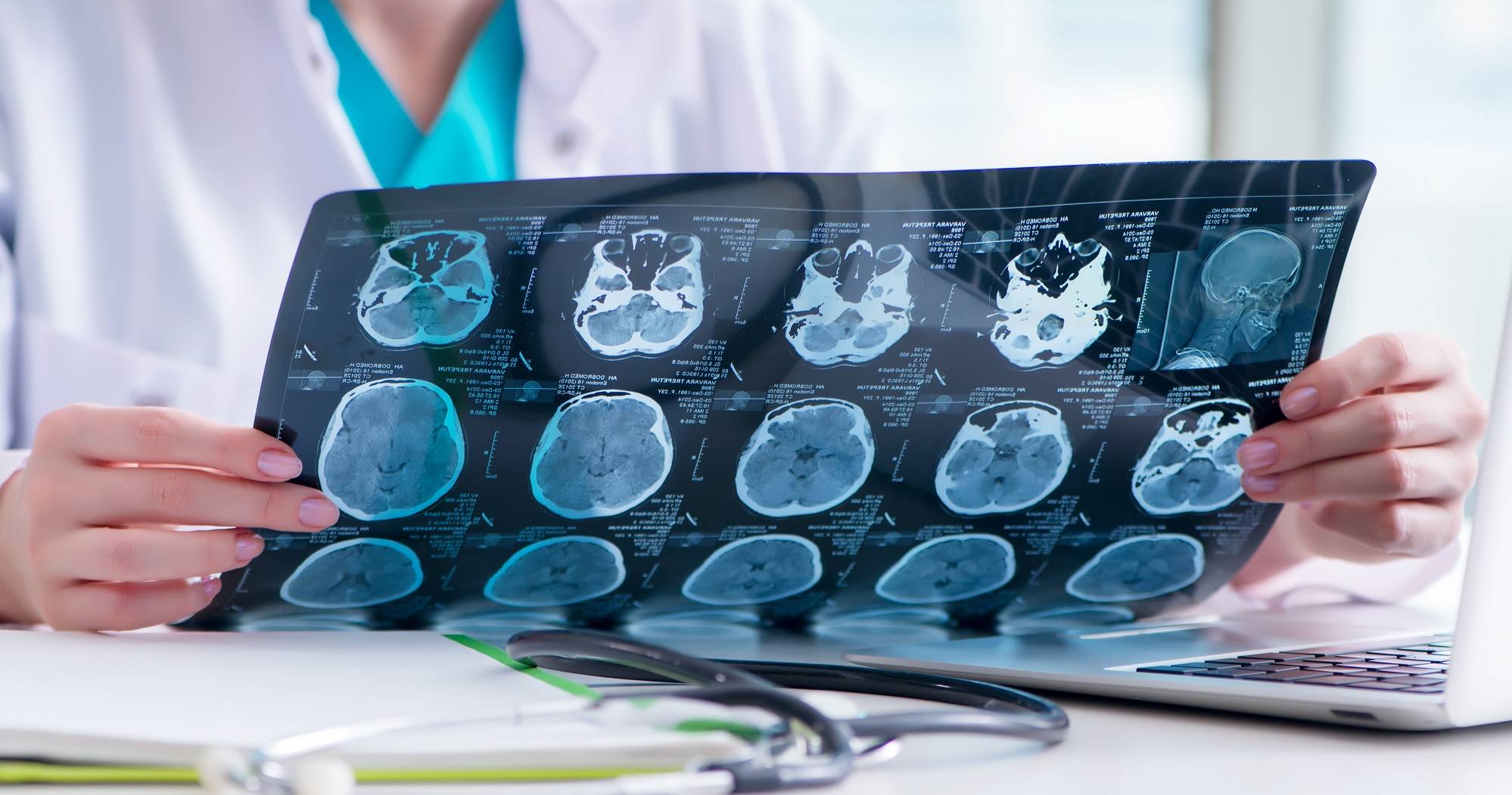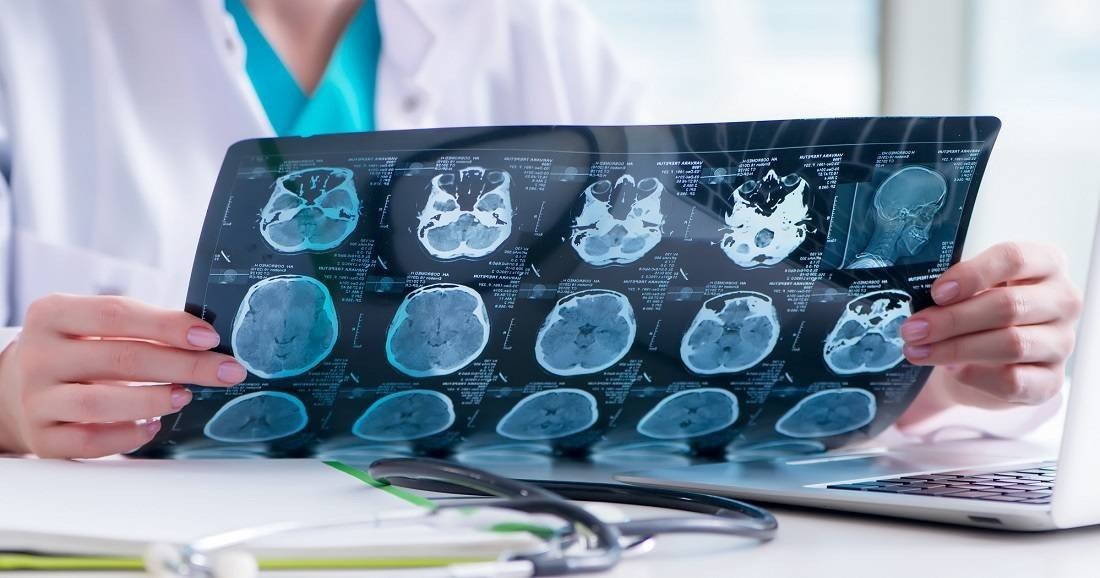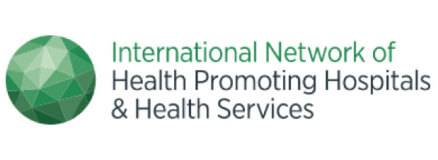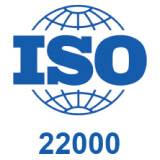Diagnostic Imaging


Staffed by a team of experienced specialists, our Imaging Department is dedicated to providing high-quality and professional services. Through a patient-centered approach, our medical team offers care that is attentive to both the physical and psychological needs of patients, while state-of-the-art facilities ensure that accurate and timely diagnoses are provided.
|
In addition to the existing Philips Ingenia 3T, Hong Kong Adventist Hospital – Tsuen Wan is proud to introduce the all-new Philips Ingenia 1.5T MR system. Both the systems have equipped with state-of-the-arts configurations, hardware and carrying the most updated digital broadband MR systems. Empowered by its breakthrough dStream architecture, the MR systems digitize the MR signal directly in the RF coil, as close to the patient as possible, delivering exceptionally clear images at remarkable speeds. The systems’ large 70-cm opening cater to patients with different needs, providing a more comfortable environment while helping to reduce anxiety.
What Is Magnetic Resonance Imaging (MRI) ?MRI, which stands for Magnetic Resonance Imaging, is different from X-rays and Computed Tomography (CT) scans in that it is safe and radiation free. The magnetic field produced by an MRI scanner aligns the magnetization of certain atoms in the human body. Radio-frequency pulses are first sent to these atoms which then bounce back, with Nuclear Magnetic Resonance (NMR) signals produced recorded on a computer. The different signals sent by different types of tissues are analyzed and rendered into a detailed image of the internal organs.
Our MRI services include:
|
|
Hong Kong Adventist Hospital – Tsuen Wan is equipped with two Computed Tomography (CT) scanners, the Philips iCT256 Computed Tomography (CT) scanner and the Canon Aquilion ONE/ Prism Edition CT Scanner.
In addition to extremely high speeds, high resolution, and fine details, both scanners also boost lower radiation doses and require less contrast media. The ultrafast scan speeds enable a scan to be completed within seconds, easing the process for patients who may have difficulty holding their breath. The reduced doses of radiation and contrast media also decrease the health risk to patients, especially those with renal diseases who may experience adverse reactions to contrast medium.
Furthermore, the advanced technology of artificial intelligence of the Canon Aquilion ONE/ Prism Edition CT scanner allows the Deep Learning image reconstruction, so that the useful structural images are separated from the useless noises with faster and better image reconstruction.
|
|
The Computed Tomography (CT) scan, also called the computerized axial tomography (CAT) scan, is a precise instrument that calculates the degree of X-ray absorbed by human tissues. It produces detailed cross-sectional images of the body parts under examination and compiles them to form three-dimensional images. The short duration of the procedure makes it suitable for children and the elderly, who may have problems lying down for extended periods of time. |
|
Clinical applications of CT scans include:
|
| In an ultrasound scan, high-frequency sound waves are transmitted into the patient’s body. The echo sound waves that bounce back are collected with a device, which then displays images of the organ or tissues under examination. The scan is typically used on the gallbladder, the bile ducts, the pancreas, the kidneys, the bladder, the uterus, and the ovaries for detection of conditions such as cirrhosis, gallstones, pancreatic inflammation, and tumours. The absence of radiation in ultrasounds also makes it safe for use in obstetric examinations. |
Dual-energy X-ray absorptiometry (DEXA) is the most widely used and most accurate way to measure bone mineral density (BMD). A machine delivers X-ray beams at different energy levels to the spine or hip joints, and its software computes the bone density of the patient by comparing the absorption rates of the two sets of transmissions.
The test is quick and uses very low doses of radiation. It allows patients to keep track of their bone density over the years and is particularly recommended for those with a high risk of osteoporosis, including postmenopausal women, the elderly, and those with a family history of the condition.
A mammography is a safe and reliable way to evaluate the condition of the breasts. It delivers extremely low doses of X-ray, and can detect breast cancer long before the tumour is large enough to cause symptoms. The US National Cancer Institute (NCI) recommends that women over 40 undergo a mammogram every one to two years. The test is also recommended for younger women with a family history of breast cancer.
The Digital Subtraction Angiography (DSA) machine at our hospital allows for clear visualization of blood vessels in the human body. Digital technology enables artifacts and bony structures that may be blocking the view of the blood vessels to be erased from the image.
The powerful DSA enables interventional radiologists to perform minimally invasive procedures. As technology continues to advance, an increasingly wide range of diseases can now be treated with interventional radiology.
Compared to open surgery, this technique offers a variety of benefits including smaller incisions, less blood loss, and a shorter period of hospitalization, making it a treatment of choice for most patients.
Common interventional radiographic procedures:
- Uterine fibroid embolization: A proven effective treatment for uterine fibroids
- Balloon angioplasty/stent: For treatment of peripheral vascular diseases
- Percutaneous vertebroplasty: A procedure that strengthens vertebral bodies in cases of symptomatic compression fractures caused by osteoporosis or malignancies
- Thrombolysis: Dissolves blood clots for the treatment of stroke and other thromboembolic diseases
|
X-ray is a type of radiation that is able to pass through different substances at varying absorption rates. With this, images of bones, organs, and other body parts may be recorded and displayed on film, making x-ray tests an excellent method to examine the bones, lungs, and abdominal organs. With the use of contrast media, doctors can also collect images of the urinary system and the digestive system for examination.
|
|
|
The doses of radiation in x-ray tests are generally very low and cause minimal harm to the human body. However, they may cause adverse effects on fetuses and are therefore not suitable for pregnant women.
Our X-ray department provides the following services for both in-patients and out-patients:
|
|
|
The Positron Emission Tomography and Computed Tomography (PET/CT) scan is a dual-modality imaging technique that combines the information of both the metabolic activity and anatomy of the body. Positron Emission Tomography (PET scan) is an advanced isotope imaging technique that displays the metabolic state of the cell. It can trace and locate the pathological changes of cancer cells in the early stages. Computed Tomography (CT) reveals the structure and location of lesions within the body.
A PET/CT scan is a noninvasive procedure that examines the whole body in one single examination. Any growing tumours may be accurately located, facilitating early detection and treatment of cancer.
Our hospital’s PET/CT scanner is the Philips Ingenuity TF PET/CT, the first PET/CT system to incorporate the image quality improvements of both Astonish TF and iDose. The system features high-resolution visualization and low dose techniques to manage image quality in both modalities. The long scan length allows total body studies to be performed in one scan with speed and efficiency.
Clinical applications of PET/CT scan include:
|














